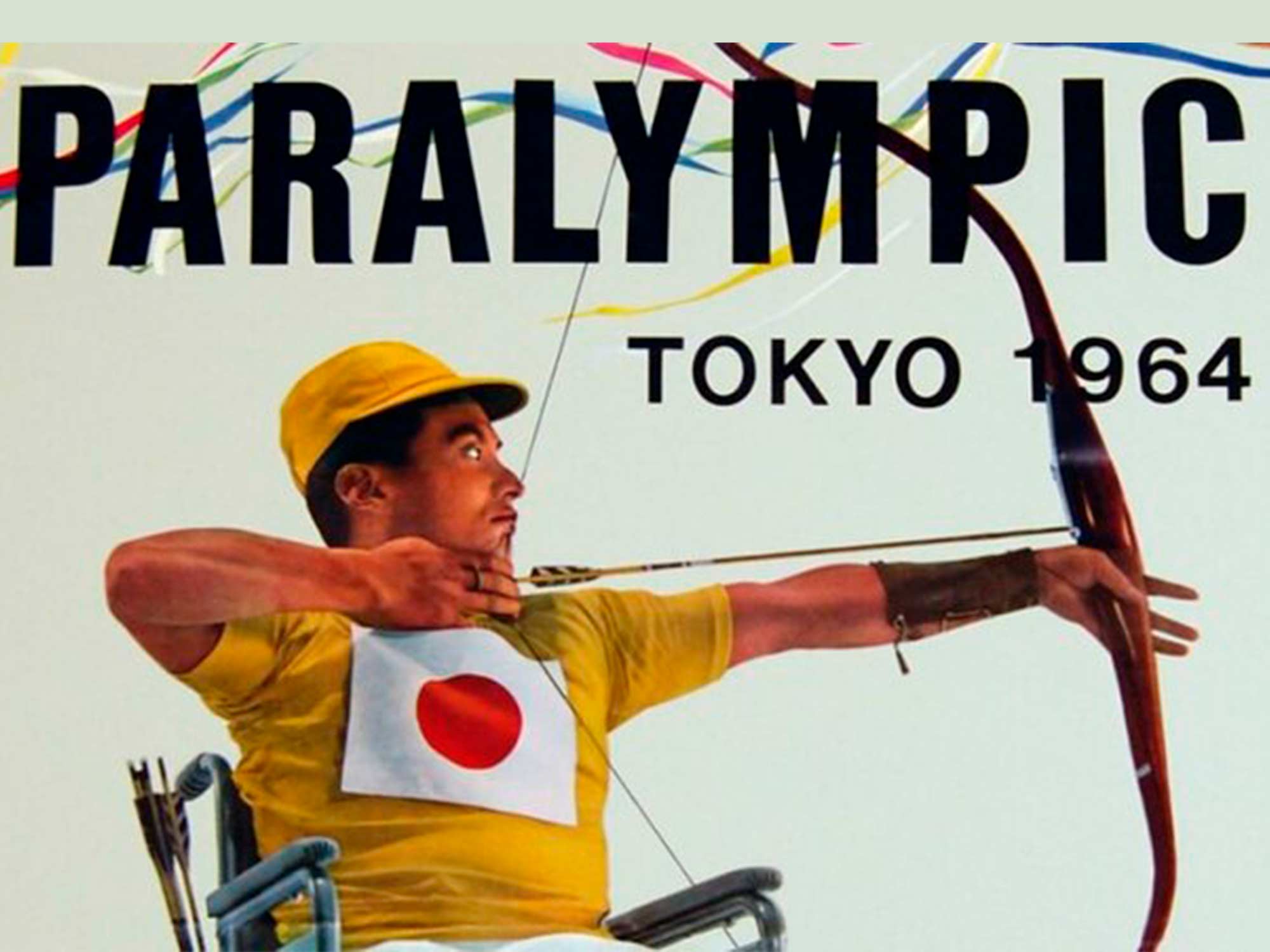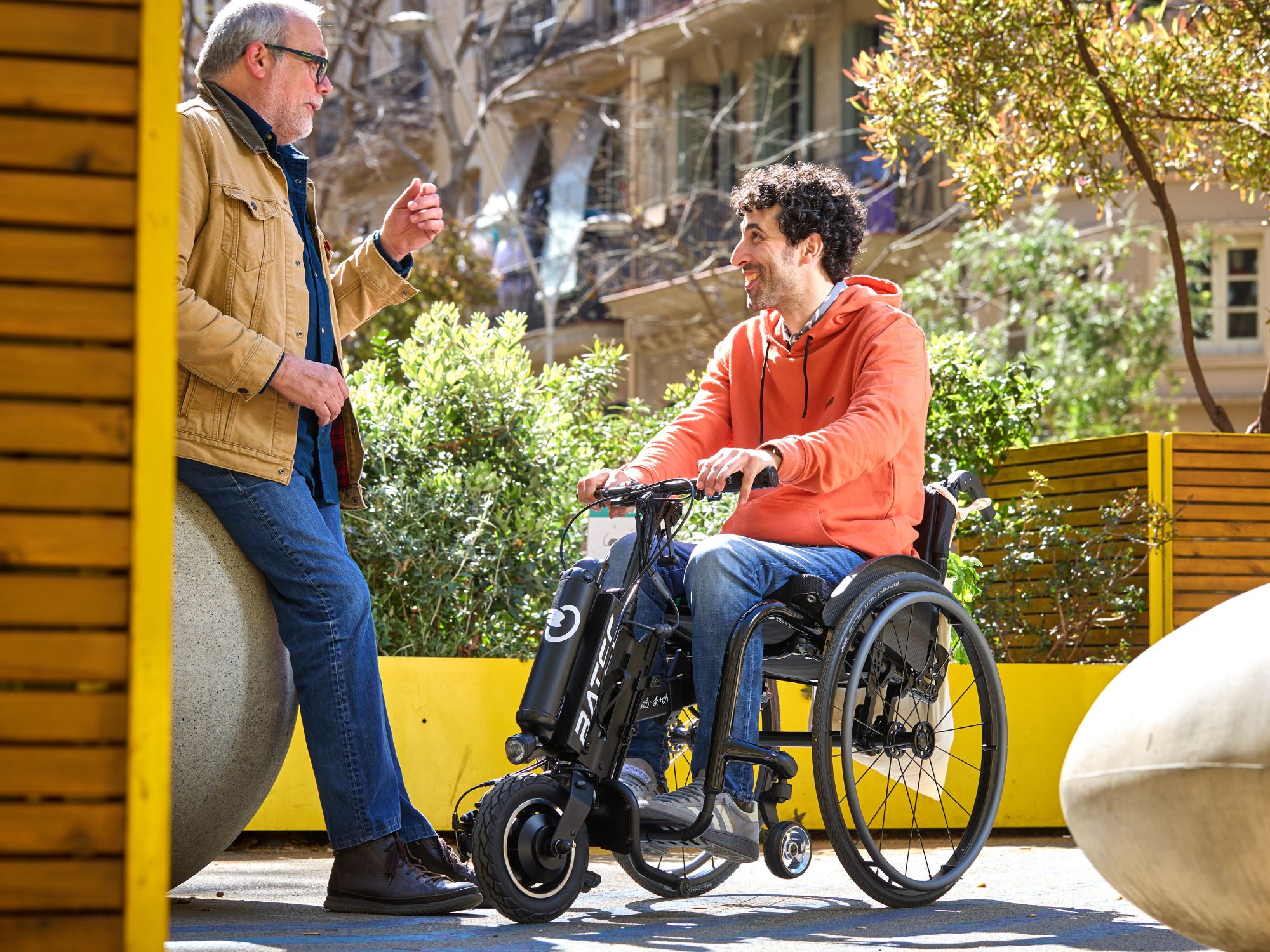The Paralympic Games history dates back to 29 July 1948, coinciding with the Opening Ceremony of the 1948 Olympics in London. Coinciding with that event, Dr Guttmann, head of the spinal injuries department at Stoke Mandeville Hospital, organised the first competition for wheelchair athletes, which he called the Stoke Mandeville Games. This sewed the seeds for the Paralympic Games as we know them today.
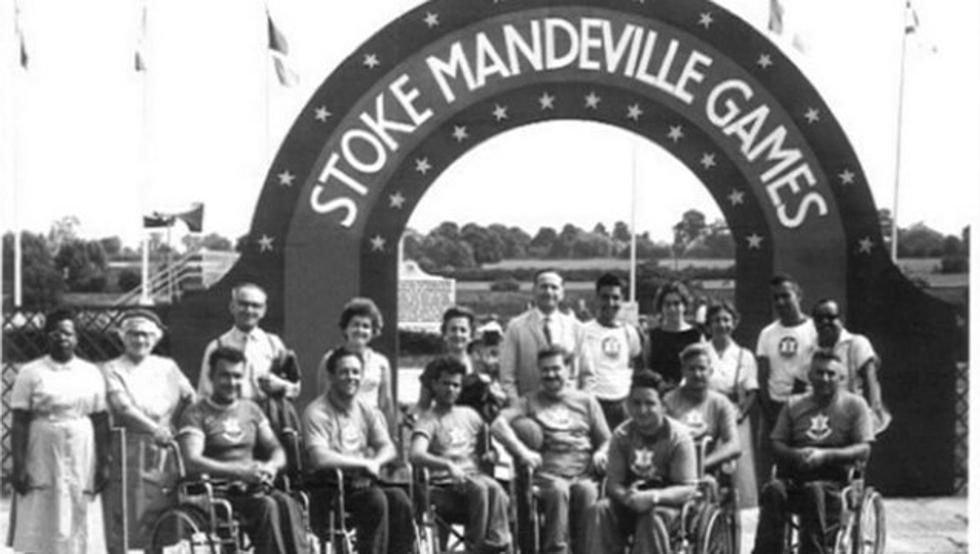
Stoke Mandeville Games: From sport as therapy to competitive sports
In 1944, at the request of the British government, Dr Ludwig Guttmann opened a centre that specialised in treating spinal injuries. This was in response to the many veterans and civilians who had been injured in World War II.
The centre opened at Stoke Mandeville Hospital in Great Britain. The hospital encouraged adapted sports for therapeutic purposes. This slowly evolved towards sports for fun and then into competitive sport.
It was Dr Guttmann’s idea to hold a competitive sporting event for patients and decided to call it the Stoke Mandeville Games, which were held in 1948 during the Opening Ceremony of the London Olympic Games.
Sixteen wheelchair athletes (14 men and 2 women from Stoke Mandeville Hospital and Richmond Hospital) competed in these first games in archery and javelin. That day has gone down in history as the beginning of a sporting movement for people with disabilities and reduced mobility.
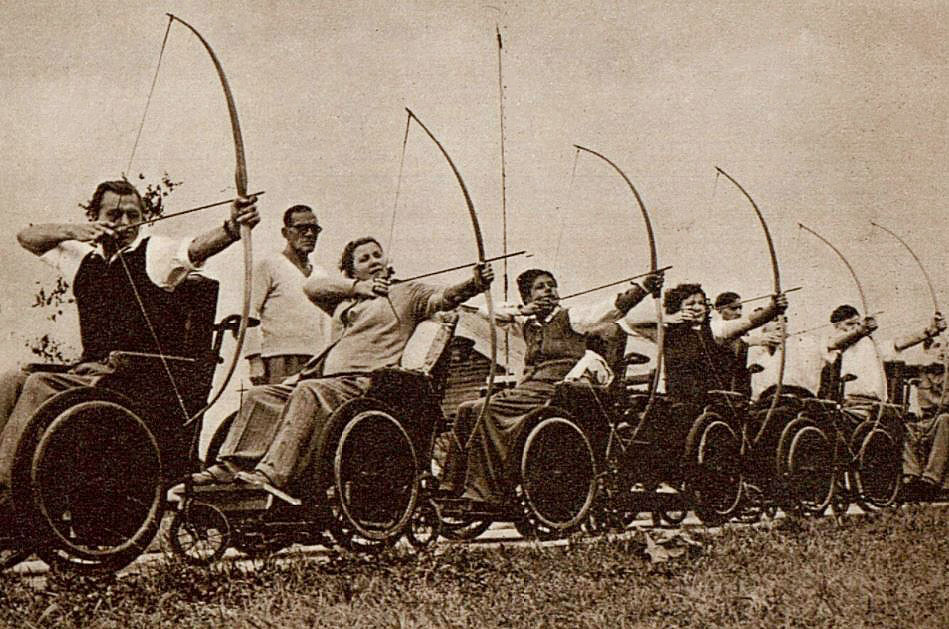
It was such a great experience, they decided to hold the Games every year. In 1949, 37 wheelchair athletes from 6 hospitals competed and basketball, netball and snooker were added to the events.
In 1951, 126 wheelchair athletes from 11 hospitals competed and, seeing the event’s growing popularity, Dr Guttmann dubbed it the Stoke Mandeville International Games. So, international athletes with disabilities joined the Games in 1952 and by 1959 there were 360 wheelchair athletes from 20 countries competing.
In 1960, the Olympic Games were held in Rome and the paraplegic athletes competed in the first official Paralympic Games in history.
How did the first Paralympic Games start
In the Paralympic Games history, the first Paralympic Games took place during the Rome Olympics in 1960 with 400 paraplegic athletes from 23 countries. Since then, they have been held every four years, on the same year as the Olympic Games. In fact, the word “Paralympic” comes from the Greek preposition “para” (beside or alongside) and “Olympic”, meaning the two sporting events are held alongside each other.
They were held from 18 to 25 September, six days after the Closing Ceremony of the Olympic Games, and 5,000 people attended the Opening Ceremony at Acqua Acetosa Stadium.
All the participants were wheelchair Paralympic athletes, and they competed in eight Paralympic sports: athletics, wheelchair basketball, swimming, table tennis, archery, snooker, dartchery (a combination of darts and archery) and wheelchair fencing. At the 1964 Tokyo Paralympics, weightlifting and a 60 metre wheelchair race were added.
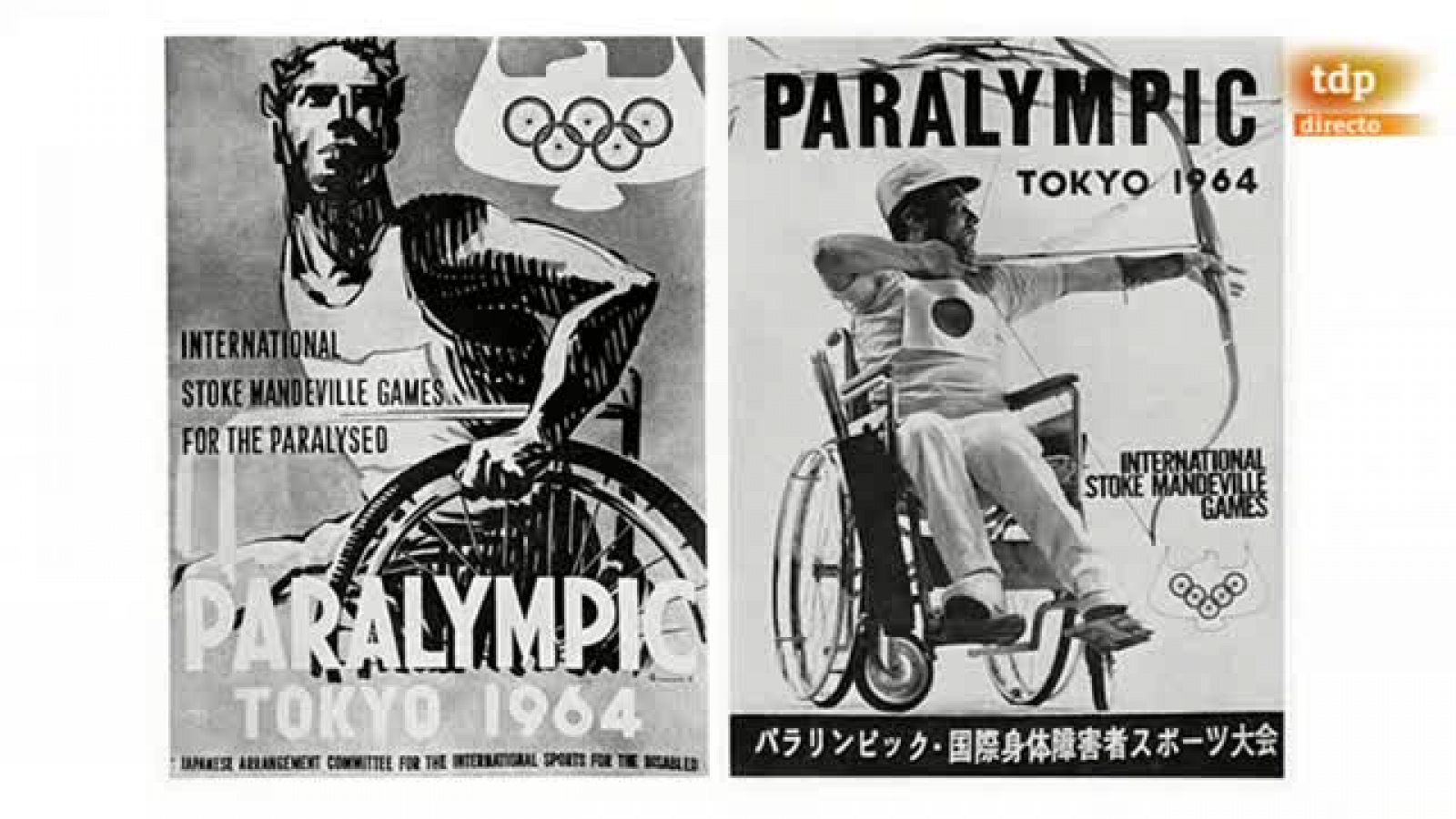
In 1968, the Paralympic Games were held in Tel Aviv, not Mexico like the Olympic Games. Two new events were added: women’s wheelchair basketball and a 100 metre wheelchair race. Plus, it was the first time in the Paralympic sports history that Spain had two women on its team, swimmers María Carmen Riu and Rita Granada. Riu won two medals for Spain.
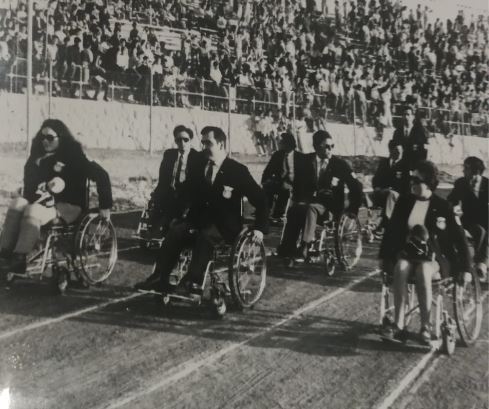
Fun fact about athletic wheelchairs:
Did you know that special athletic wheelchairs have only been available since the early 1980s? Before that, Paralympic athletes competed with their every-day wheelchairs, which were very robust and heavy back then. In the early 1980s, people started making their own, much lighter athletic wheelchairs for competitions.
Today, athletic wheelchairs for people with disabilities have evolved a lot and there are many different adaptations based on each person’s needs. There are also manual tricycles for adapted cycling. If you’re not a professional Paralympic athlete, our Batec hybrid handbike that attaches to your normal wheelchair is a great option for getting healthy exercise in your free time.
First organisations for adapted sports
International Sports Organisation for the Disabled (ISOD)
Every year, more Paralympic sports were added and more countries joined in. But the most important milestone in the Paralympic Games history was the battle to include athletes with other disabilities. There was no place for people with cerebral palsy, deafness or amputees in the Stoke Mandeville Games because they didn’t have spinal injuries.
In 1964, the International Sports Organisation for the Disabled (ISOD) was established to provide opportunities for these Paralympic athletes. The goal was to accept all disabilities and act as a Coordinating Committee. Some of this organisation’s most important achievements include blind and amputee athletes competing in the 1976 Toronto Paralympic Games and Paralympian athletes with cerebral palsy in the 1980 Arnhem Games.
Over the following years, several institutions were created to coordinate and fight for the inclusion of specific disabilities. Some examples include the now-extinct International Coordinating Committee of World Sports Organisations for the Disabled (ICC), the International Committee of Sport for the Deaf (CISS) and the International Sports Federation for Persons with Intellectual Disability (INAS).
One organisation: Creation of the International Paralympic Committee
Finally, in 1989 the International Paralympic Committee was established as an international non-profit organisation in Düsseldorf, Germany. It was created to act as the global governing body of the Paralympic Movement. Its first significant action was to organise the 1992 Paralympic Games in Barcelona.
Since it was established, the IPC has worked side by side with the organisations and federations it recognises. Each International Federation is the global governing body for that sport and is responsible for managing, developing and promoting the sport around the world. The federations contribute specific knowledge and help develop the sport for disabled and paraplegic athletes, from base to elite levels.
Paralympic Games history: today
Today, the Games are extremely popular and include 22 events in Paralympic sports in the summer and 6 in the winter. Although the number of disabled athletes competing in the 2024 Paris Games is the same as in the Tokyo Games, the breakdown by sport has changed significantly in order to boost female participation, protect Paralympic athletes with more serious disabilities and balance quotas in team events.
Also new in 2024, for the first time ever since the origin of the Paralympic Games, the Olympic and Paralympic Games will have the same logo and mascot, although the Paralympic version will have a prosthetic leg.
The battle is ongoing, however, to get equal rights for Olympic and Paralympic athletes. In Spain, the cash prize for medals will be the same for Olympic and Paralympic athletes at the 2024 Paris Games.
“It is a fair, ground-breaking measure that is charged with symbolism as well as practical effects. We are committed to the inclusion, equality, hard work and merit of our athletes, whether Olympic or Paralympic.” Pilar Alegría, Spanish Minister for Education, Vocational Training and Sport.
Canada is also matching medal prizes, as the US and Australia did at the 2020 Tokyo Paralympics.
Summing up the Paralympic Games history, it started off with a great idea from Dr Ludwig Guttmann to integrate athletes with spinal injuries and today has become a way of life and a profession for many people with disabilities.

